Congratulations on the Successful Development of PCBWay's 24-Layer, 6-Order Arbitrary Interconnection HDI PCB
As the integrated circuit industry continues to evolve, the complexity of chip connections has increased significantly. Traditional PCB technology is struggling to meet the demands of high-frequency and high-speed applications. Ensuring stable and reliable interconnections between high-speed and high-density chips has become a critical challenge in modern electronics.
At the same time, as chip power consumption rises, so does heat generation. This makes an efficient cooling system essential for maintaining optimal chip performance and longevity.
To address these challenges, a new type of PCB called the "interposer PCB" has emerged. This advanced technology plays a crucial role in connecting and integrating various electronic components, acting as an intermediary layer that enables seamless communication between different chips.
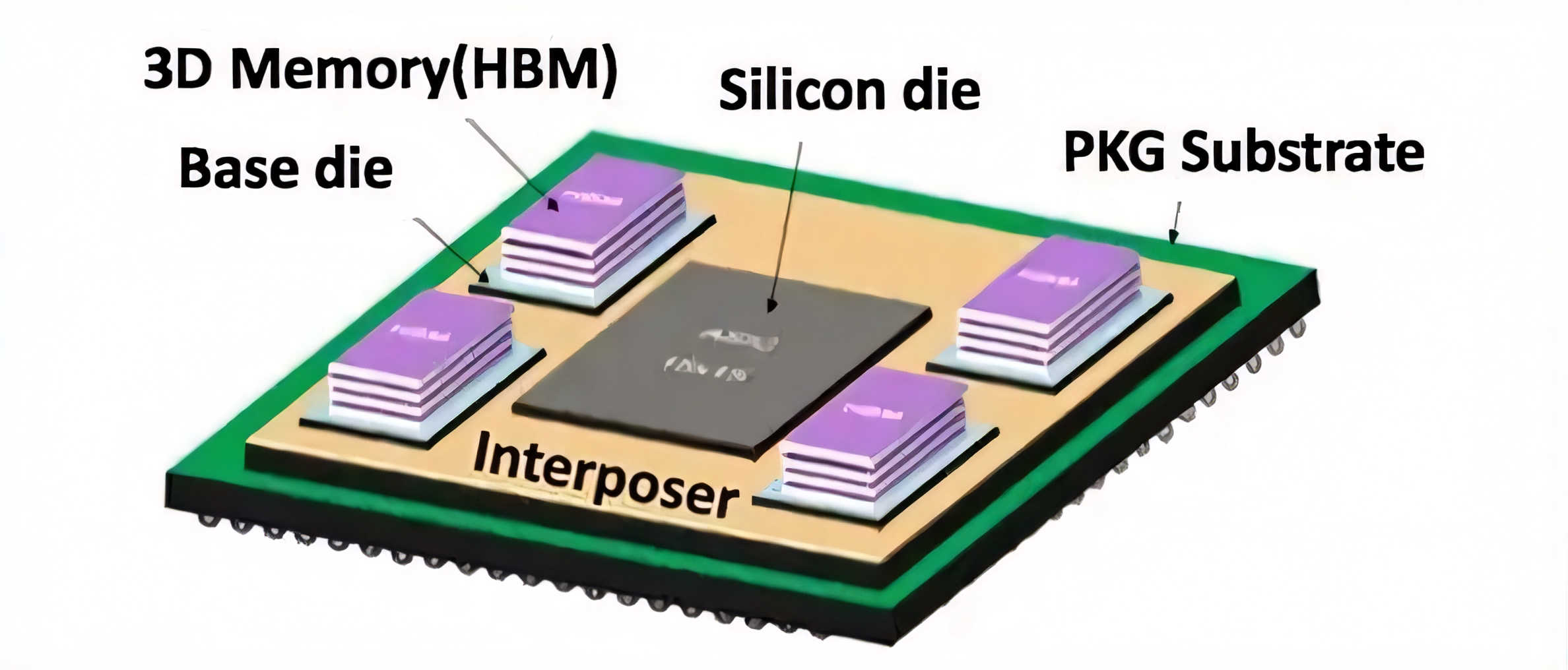
An interposer PCB is a highly precise, multi-layer HDI (High-Density Interconnect) board designed for complex, high-performance applications. It allows for direct electrical connections between chips using pad leads and connects with micro bumps (uBump) on the chip, as well as routing within the intermediate layer. The intermediate layer uses through-silicon vias (TSV) to link upper and lower layers, enabling compact and efficient designs.
The design of interposer PCBs includes inner layers connected to outer layers via laser-drilled microvias and dense routing. This results in a multi-layer structure with BGA (Ball Grid Array) connections on the top side and pad connections on the bottom, offering high flexibility and performance.
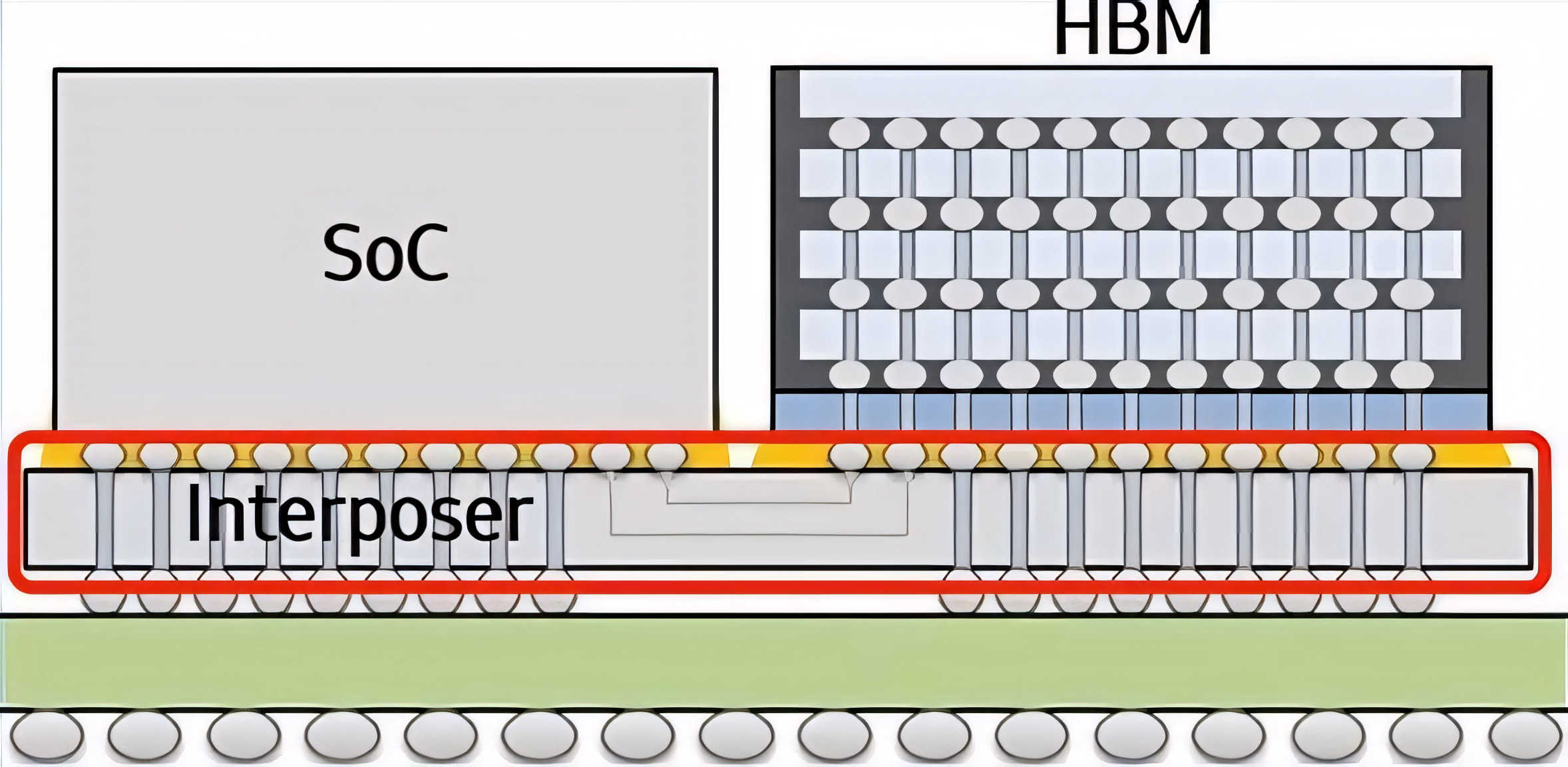
Interposer PCBs bring significant advantages in enhancing the performance of integrated circuits. They provide faster and more reliable connections, improve signal integrity, reduce power consumption, and help manage thermal issues effectively. Additionally, they enable the integration of heterogeneous chips, making it possible to combine different functions into a single system.
These boards are widely used in high-performance computing, artificial intelligence, data centers, and communication systems. In high-performance computing, interposer technology allows multiple processors to be interconnected, enabling powerful computational capabilities. In AI, it enhances neural network training and inference speeds by facilitating fast and accurate chip-to-chip communication. In data centers and communications, it supports high-speed data transmission and large-scale processing needs.
As a leading manufacturer of high-end HDI PCBs, PCBWay continuously innovates to meet the growing demand for advanced interposer solutions. Our research team has successfully developed high-layer, high-order arbitrary interconnection (Anylayer) interposer PCBs, overcoming major technical challenges along the way.
We are proud to present the details of our 24-layer, 6-order Anylayer HDI PCB, a cutting-edge product that demonstrates the highest level of precision and performance.
1. Product Specifications
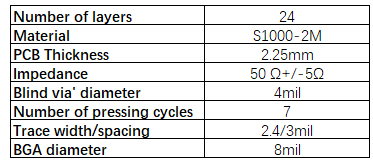
2. Product Structure
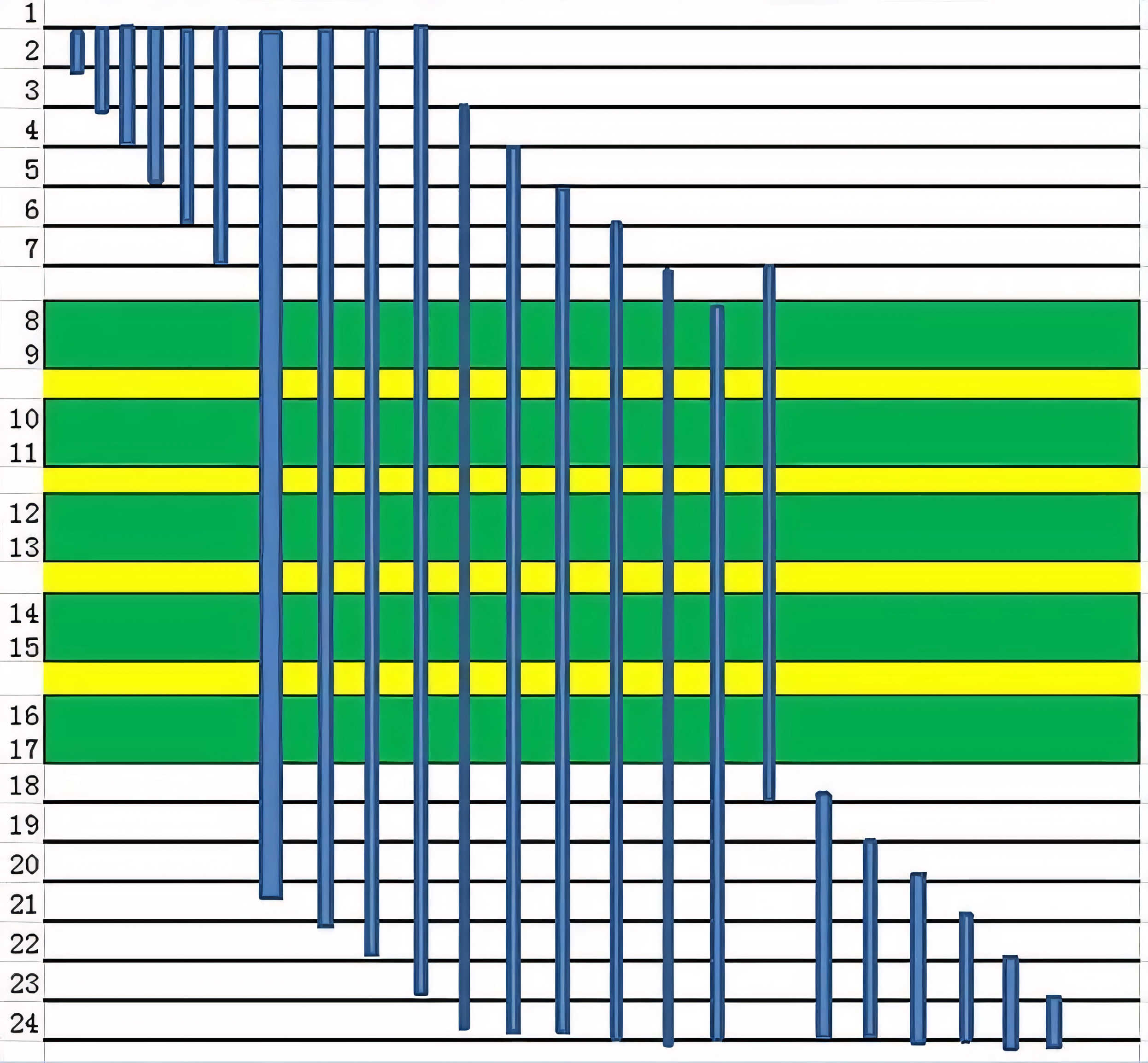
3. Technical Challenges
Challenge 1: The buried via thickness from L7 to L18 is 1.0 mm, with a mechanical via diameter of 0.1 mm, resulting in a high aspect ratio of 10:1, which makes drilling extremely difficult.
Challenge 2: The BGA pitch is 0.35 mm, and the distance between the hole and the conductor trace is only 0.13 mm, increasing the risk of misalignment during multiple lamination processes.
Challenge 3: The trace width and spacing are 2.4 mil and 3 mil respectively, with very dense routing. Below are some detailed routing examples.
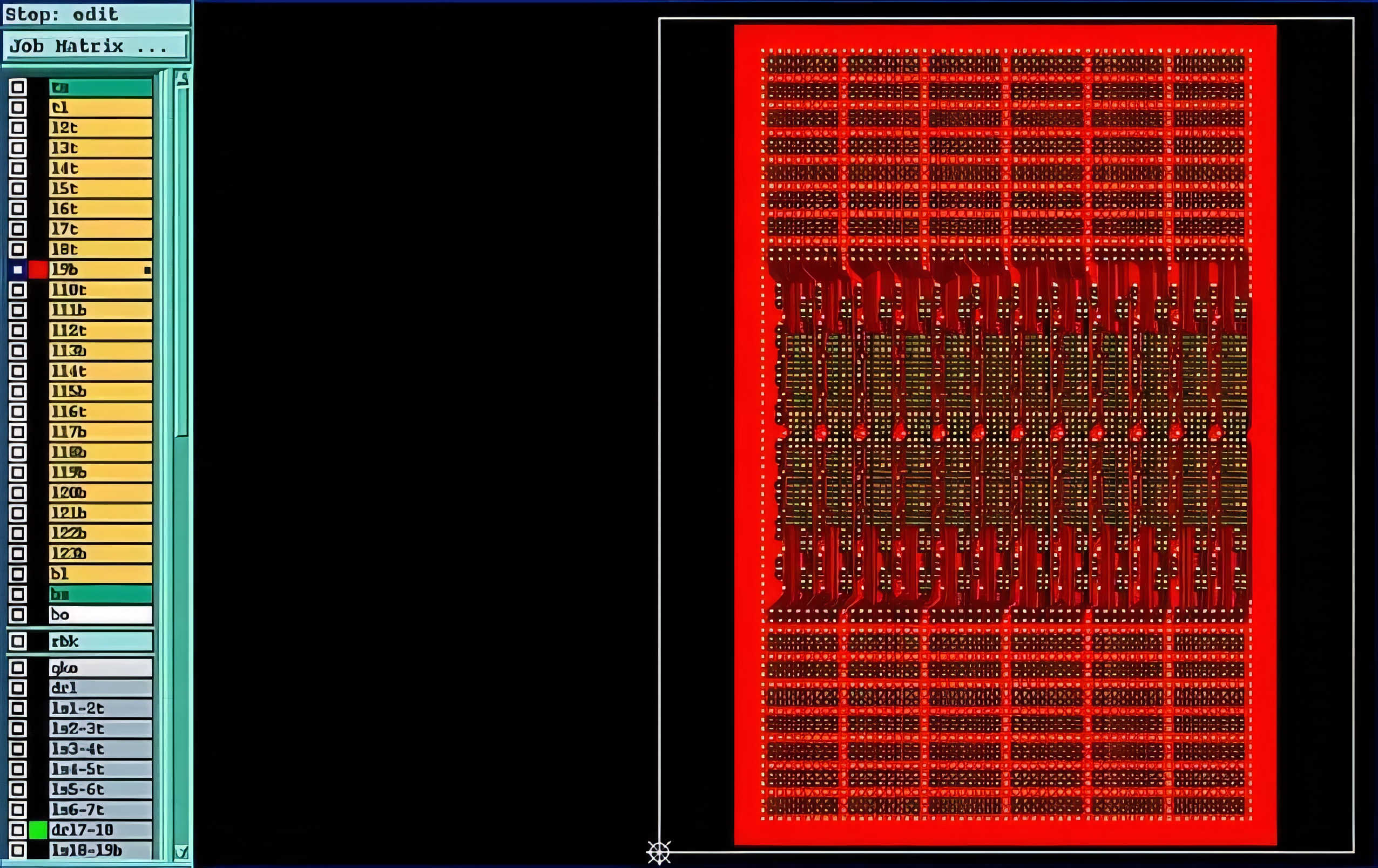
4. Final Product Images
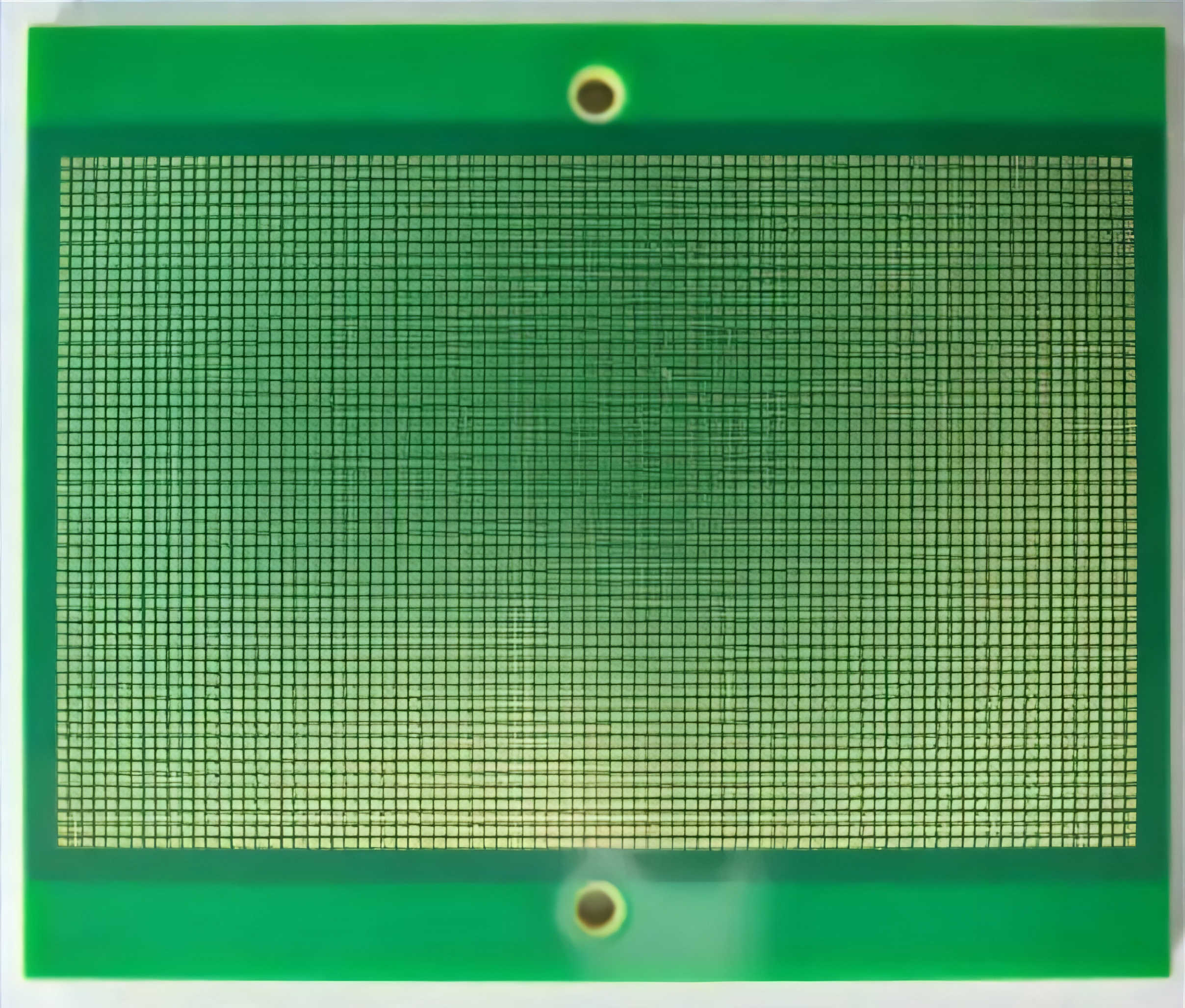
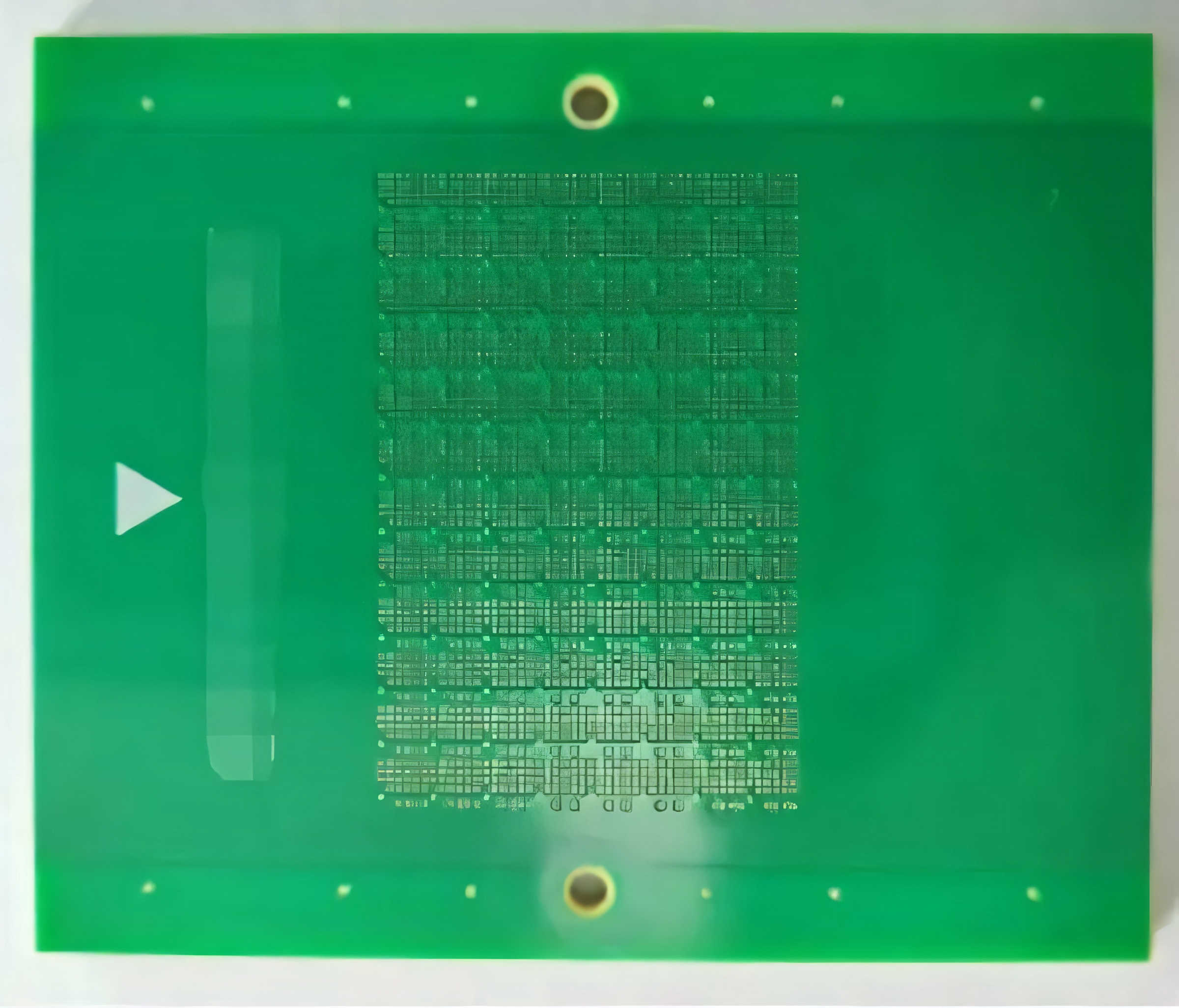
Copper Tube Series,Copper Seamless Tube,Copper Alloy Tube,Seamless Copper Tube
TAICANG CITY JINXN COPPER TUBE CO.,LTD , https://www.jinxincopperpipes.com